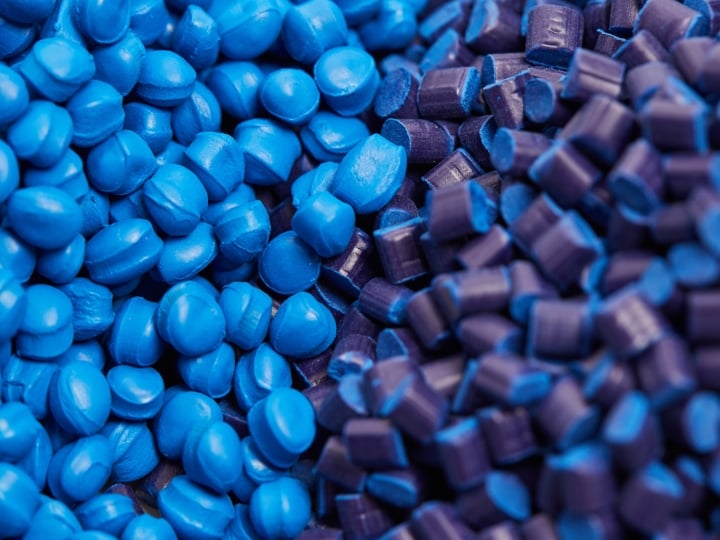Resistance to abrasion and wear of modern materials such as paints and coatings is tested by specific scratch testing techniques
Scratch testing carried out by our experts is invaluable to gain insight into materials such automotive paints, varnishes, as well as coatings. Single asperity scratching allows the mechanisms behind abrasive or ductile damage to be understood without the complexity of multiple asperity contacts.
A range of conical diamond tips (apical angle from 35° to 150°) are drawn across the surface under constant, stepwise or progressively increasing load.
The morphology of the scratches is examined with a combination of microscopy and profilometry techniques. Scratch hardness values are calculated to generate a scratch map that depicts the behaviour of the surface under a complete range of working conditions.
Scratch testing can be automated to achieve Medium Throughput data generation.
Applications of Scratch Testing:
- Commercial polymers
- Paint and varnishes for the automotive industry
- Multilayered systems
- Application related performance
Related Services:

Regulatory Chemical & Materials Analysis Expertise
WHITE PAPERS
WEBINARS
- PFAS Monitoring in Environmental and Polymer Samples
- Microplastics and Nanoparticles - Definitions And Regulatory Considerations
CASE STUDIES
- Dissolution of Hydroxyapatite Coatings for Medical Devices
- Particulate Contamination control and analysis
- Case Study and Fact Sheet: XRF Analysis and XRF2 Mapping
BROCHURES
Intertek Wilton: The Wilton Centre, Redcar, TS10 4RF, UK
Download Directions

Polymers News and Events
Meet our team at K2025 Reach out now
LEARN how CircularAssure helps you to close the loop in the circular economy for plastics
TECHNICAL TALK: Circularity - Addressing Challenges in Material Development through Evaluation Programs
WHITE PAPER: Quality Assurance Strategies for Recycled Plastics
WHITE PAPER: Materials Characterisation for the Automotive Supply Chain
BROCHURE: Injection Moulding Test Specimen Production Catalogue
ARTICLE: Processability and evaluation programmes for recycled plastic materials
ARTICLE: Adhesives Quality Assurance Testing Programs
CASE STUDY: Polymer Surface Contamination Resolution
CASE STUDY: Elastomer Seal Material Failure
CASE STUDY: Polymer Failure - Distribution and Dispersion of Fillers
